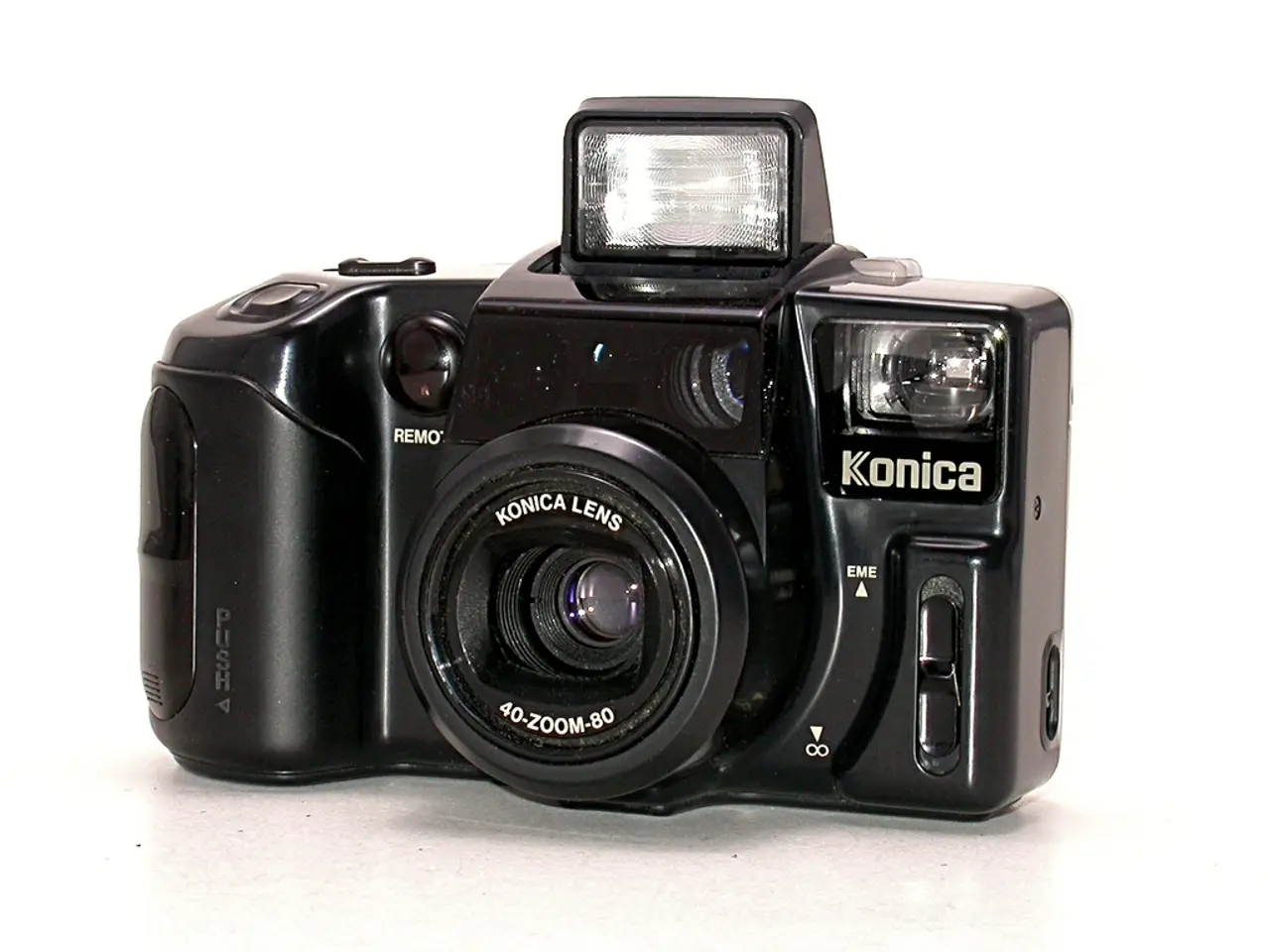Drone System as Initial Emergency Responder Control System?
In the realm of emergency response, the Drone as a First Responder Interface (DAFI) system is making a significant impact, revolutionising the way first responders approach critical situations.
DAFI, short for Drone as a First Responder Interface, is a specialised platform designed for emergency response teams, including fire departments, police units, and EMS. By connecting to 911 or Computer-Aided Dispatch (CAD) systems, it automates drone launches when an incident occurs, as demonstrated by the Palm Springs Police Department's DAFI-linked drone, which takes off from a rooftop station upon receiving a 911 call.
The system's advanced features include geofencing compliance, object tracking, and AI-assisted threat detection. One notable component is the integration of MatrixSpace Radar technology, which provides real-time detection and classification of objects in the drone's airspace, enhancing safety and expanding monitoring capabilities. This technology is instrumental in reducing collision risks and enabling beyond visual line of sight (BVLOS) operations.
The Palm Springs Police Department's 37-square-mile radar-monitored drone coverage area is the largest of its kind in the US, demonstrating the system's capacity for extensive operations. DAFI's BVLOS capability is facilitated by integrated radar awareness and regulatory waivers for single-operator missions.
DAFI supports integration with popular commercial drones, such as models from DJI, Skydio, and Autel, and offers a secure dashboard for mobile and desktop devices, allowing responders to access live video streams, thermal imagery, and location data. A certified remote pilot must supervise the operation of DAFI to comply with regulations like FAA Part 107 or Canada's Advanced RPAS.
The system's rapid deployment and real-time data access are invaluable in emergency response scenarios. Drones equipped with thermal imaging, zoom cameras, and AI features are used for search and rescue, fire assessments, law enforcement surveillance, disaster management, and critical infrastructure inspection. By providing immediate aerial perspectives, DAFI enables faster situational assessments and decision-making, particularly in difficult, dangerous, or time-critical situations.
Jacob Stoner, CEO of Flyeye.io, is a respected figure within the drone community and an expert in the drone industry. He emphasises the societal impact of drone technology advancements and the role of systems like DAFI in enhancing public safety operations by providing timely, accurate, and actionable intelligence remotely.
In conclusion, the Drone as a First Responder Interface (DAFI) system is transforming emergency response by combining advanced drone technology, AI-powered radar, and seamless communications to create effective first responders that deliver timely, accurate, and actionable intelligence remotely. As the Drone as a First Responder (DFR) model continues to gain traction globally, the potential for DAFI to save lives and improve public safety is immense.
[1] MatrixSpace. (n.d.). DroneSense Remote (DSR) Integration. Retrieved from https://www.matrixspace.ai/drone-sense-remote-dsr-integration
[2] DroneSense. (n.d.). MatrixSpace Radar Integration. Retrieved from https://www.dronesense.com/matrixspace-radar-integration
[3] Palm Springs Police Department. (n.d.). Drone Programme. Retrieved from https://www.palmspringspolice.org/141/Drone-Program
[4] DJI. (n.d.). Matrice 350 RTK Public Safety Package. Retrieved from https://www.dji.com/matrice-350-rtk/overview
[5] Skydio. (n.d.). Skydio X2D for Public Safety. Retrieved from https://www.skydio.com/enterprise/x2d-for-public-safety
Cycling through advanced technology, the system of Drone as a First Responder Interface (DAFI) integrates AI-powered radar and cybersecurity measures to combat the threat of hacking in data-and-cloud-computing related to drone operations, ensuring the safety and effectiveness of the platform in critical situations. In emergency response, potential applications of DAFI's technology extend beyond the realm of aerial surveillance and incident response, with the capacity to enhance cybersecurity safeguards for critical infrastructure and operational data.
The seamless integration of MatrixSpace Radar technology in DAFI showcases the system's commitment to cybersecurity and threat detection, enabling it to protect the integrity of its operations and data from external threats. As the Drone as a First Responder (DFR) model progresses, further advancements in data-and-cloud-computing and cybersecurity will be integral to the widescale implementation of such technology in various sectors, ultimately creating a more secure, interconnected world for all.




